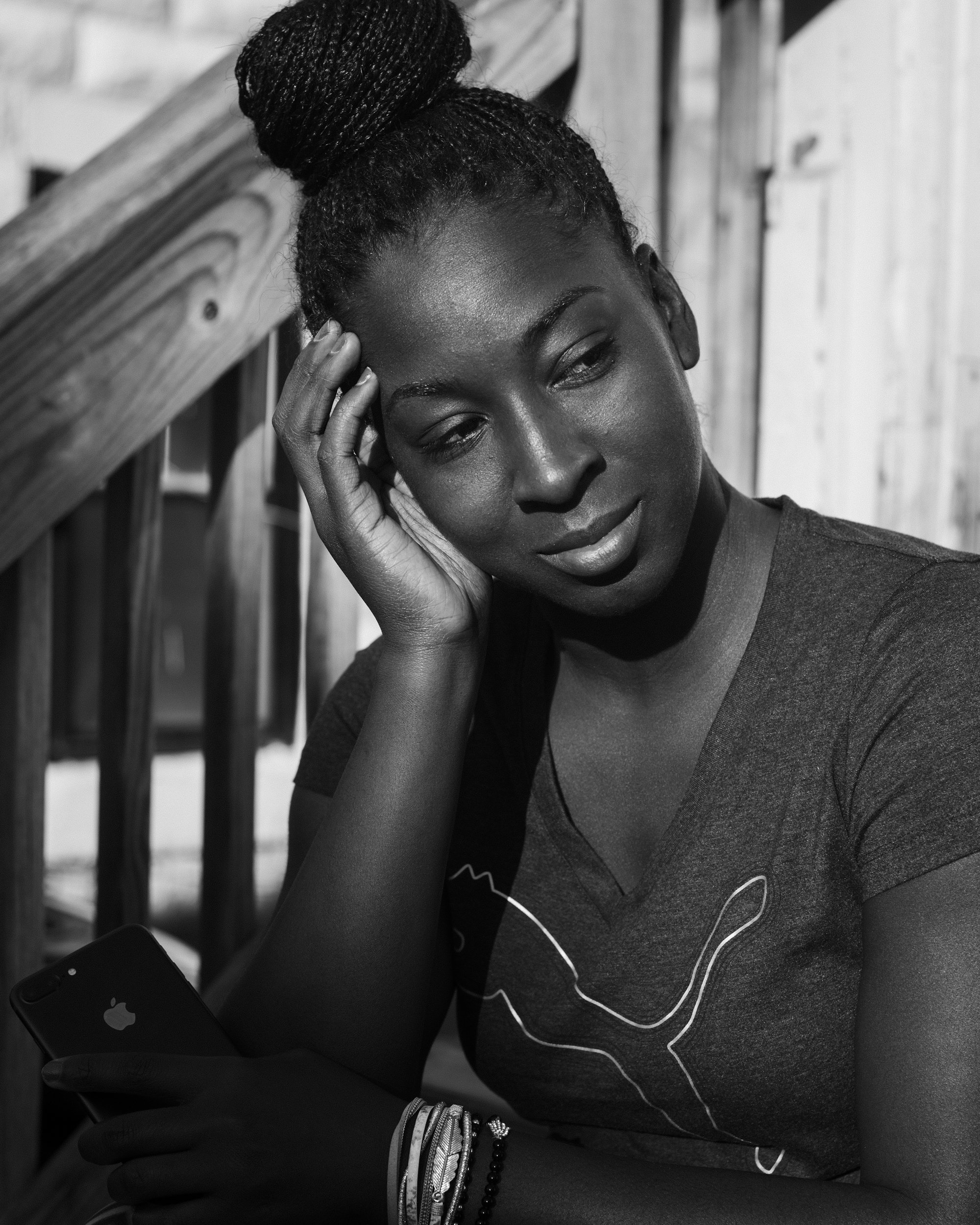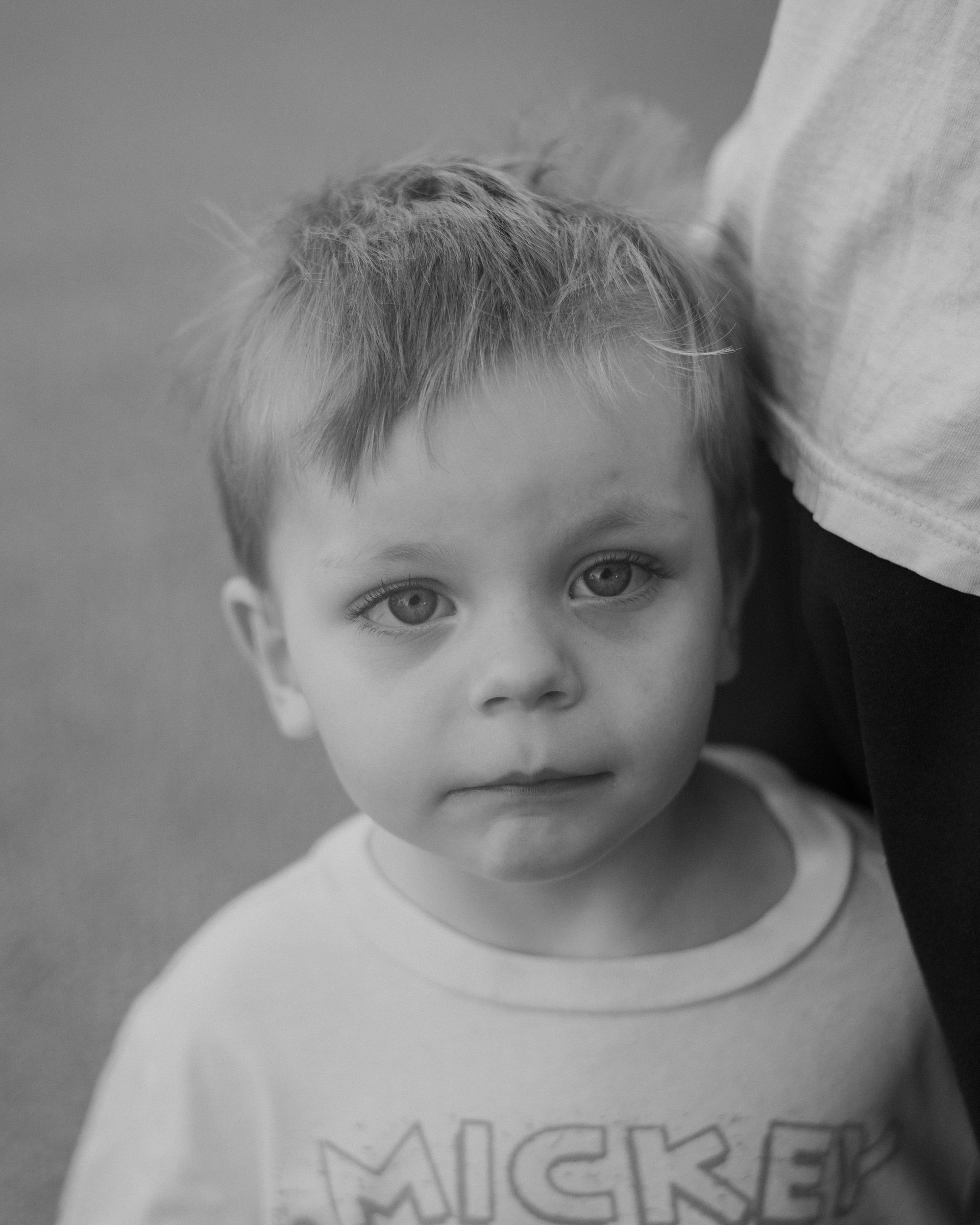Story 138: Roger Richardson
What is your backstory?
I was born in 1993 and grew up in Yonkers, New York. After my mother and father divorced, my family moved around a bit, but we finally settled down in Middletown, New York. I always had an interest in photography but as teenager I was more focused on making music with my brother and my friends. I played in a few bands but as I got older my drive to make music dwindled. It wasn’t until later when I really fell in love with photography. I borrowed my Mom’s Canon T50 at the age of 17 and haven't put a camera down since.
I enrolled in SUNY Purchase’s Photography program and thats really when my love for the medium was cemented. Photographers like Judith Joy Ross, Dawoud Bey, Mark Steinmetz, Vanessa Winship, Alec Soth and Dana Lixenberg were huge inspirations for me. I think their work really inspired me both aesthetically and thematically. My time at school gave me the confidence to pursue a career as an artist. I don’t think I’d still be making work if it weren’t for my time at SUNY Purchase.
What camera gear/editing setup do you use?
I use mainly my Pentax 6x7 and an old beat up Mamiya RB67 (which I love). I’ve recently started using a Cambo SC-2 4x5 View Camera. I develop my film using Ilford chemistry and scan the film afterwards. I do a lot of my editing on an IPad Pro. I have a good rhythm using a traditional/digital practice.
How do you achieve the look of your photographs and could you take us through the process?
My process for making photos is pretty simple. I mainly use Ilford HP5, as it’s my favorite film stock. I used it a lot in college and never found the need to switch things up. A practice I took from school is shooting at least two rolls of 120 film a week. That would give me at least 20 photos to look over at the end of the week. This process is extremely slow, especially if you’re working on a personal project, but that slowness is a valuable part of my practice.
My process for editing is also pretty simple. After scanning my film I use my IPad to do spotting. I found using a tablet is a lot more intimate for digital editing. I then add some contrast and a little bit of sharpening. I like to keep my workflow as simple as possible.
Could you tell us the backstory of some of your photographs?
A lot what inspires me to make personal work is the human condition. I’ve found that I’m able to connect with the world in a meaningful way through photography. Let Me Sow Love is a project that I started working on after I finished my BFA in the winter of 2016. I became really affected by the sociopolitical discourse in America, but specifically where I lived in Orange County New York. People around me seemed to be comfortably adopting a far right ideology that would put them at odds with minority and ethnic groups who were living right next door.
I found it a struggle to explore that divide in any meaningful way. I wanted to challenge the hate with my photos but I felt as though the photos I was making were adding more fuel to the fire. Instead, I choose to take a more meditative approach in making photos. These photos serve as a tool for emotional healing, self-reflection and mindfulness. The photos represent my emotions during a time where hate seemed to be so outward, but also represent what I want to hold onto , both literally and metaphorically, during these turbulent times.
I’m currently working on a project All the Colors Bleached to White, which deals with themes of life and death, breaking cycles, and one’s legacy in the world.
What advice do you have for aspiring photographers?
Stay passionate about the work you make, but just as important as that passion is the ability to find balance in your life. Don’t let your passions dictate your happiness.














































